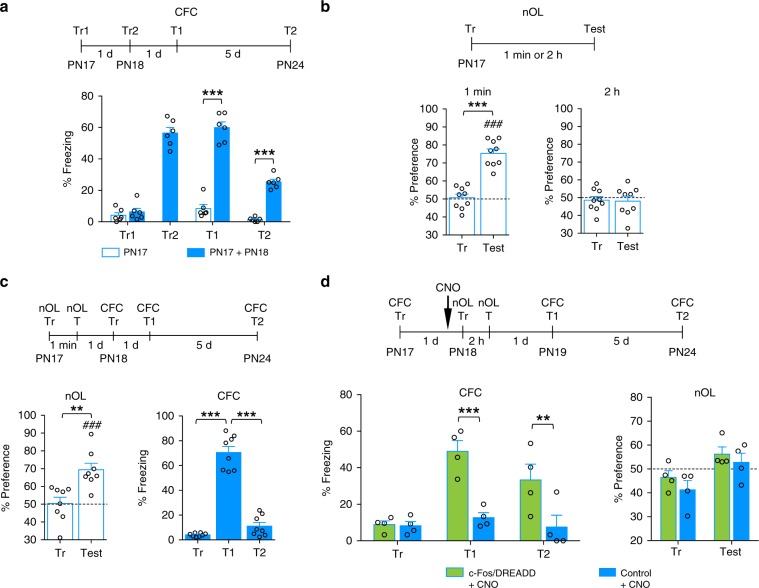Fig. 8. Acquisition of functional competence in mice is learning-selective.
a Mice (n = 6 per group) received two CFC trainings, one at PN17 and the second at PN18. They were tested 1 day after the last training (T1) and again 5 days later (T2). ***P < 0.001 (two-way RM ANOVA followed by Bonferroni’s multiple comparisons test). b Mice (n = 9 per retention time) were trained in nOL at PN17 and tested 1 min or 2 h after training. ***P < 0.001 (two-tailed paired Student’s t test). ###P < 0.001 significance for one-sample t tests comparing each group to chance performance (50%). c Mice (n = 8) were trained in nOL at PN17, and tested for nOL 1 min later (nOL test, T). One day later, all mice were trained in CFC (PN18) and tested 1 day (T1) and 5 days (T2) later. **P < 0.01 (two-tailed paired Student’s t test); ###P < 0.001 significance for one-sample t tests comparing each group to chance performance (50%). ***P < 0.001 (one-way RM ANOVA followed by Tukey’s multiple comparisons test). d Mice (n = 4 per group) were trained in CFC at PN17 and injected with CNO 30 min before training at PN18 in nOL. Mice were tested for nOL memory 2 h later, then tested in CFC 1 day later (T1), and again 5 days later (T2). **P < 0.01; ***P < 0.001 (two-way RM ANOVA followed by Bonferroni’s multiple comparisons test). CFC memory retention is expressed as mean % freezing ± s.e.m. nOL memory retention is expressed as % time spent exploring the moved object ± s.e.m. For detailed statistical information, see Supplementary Tables 18–21.

